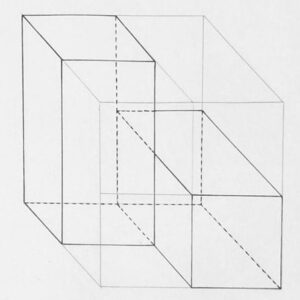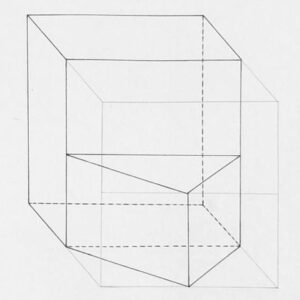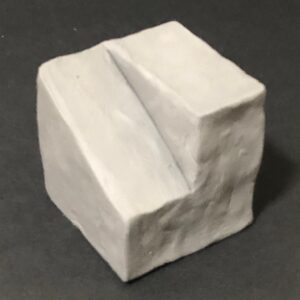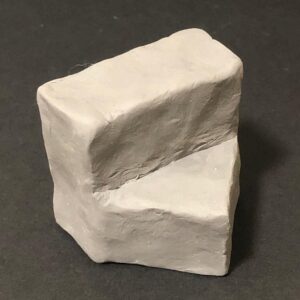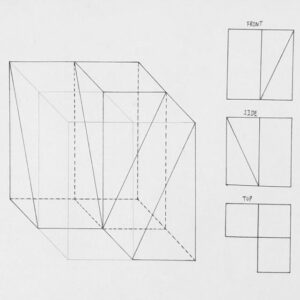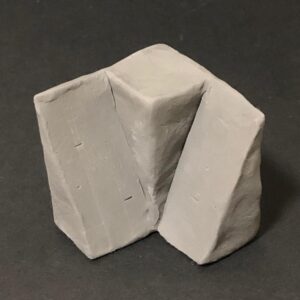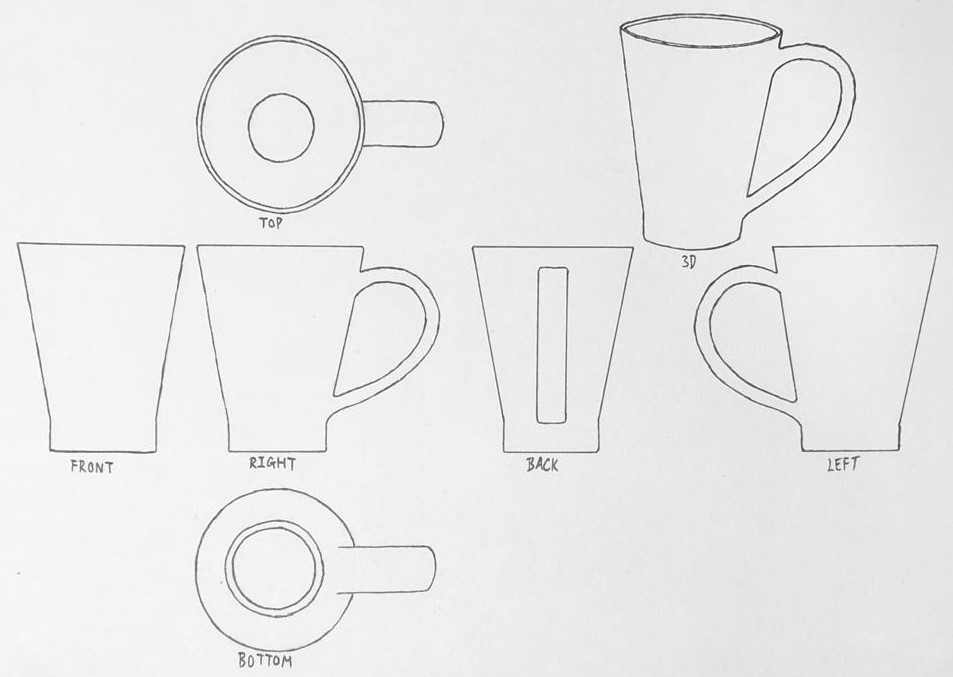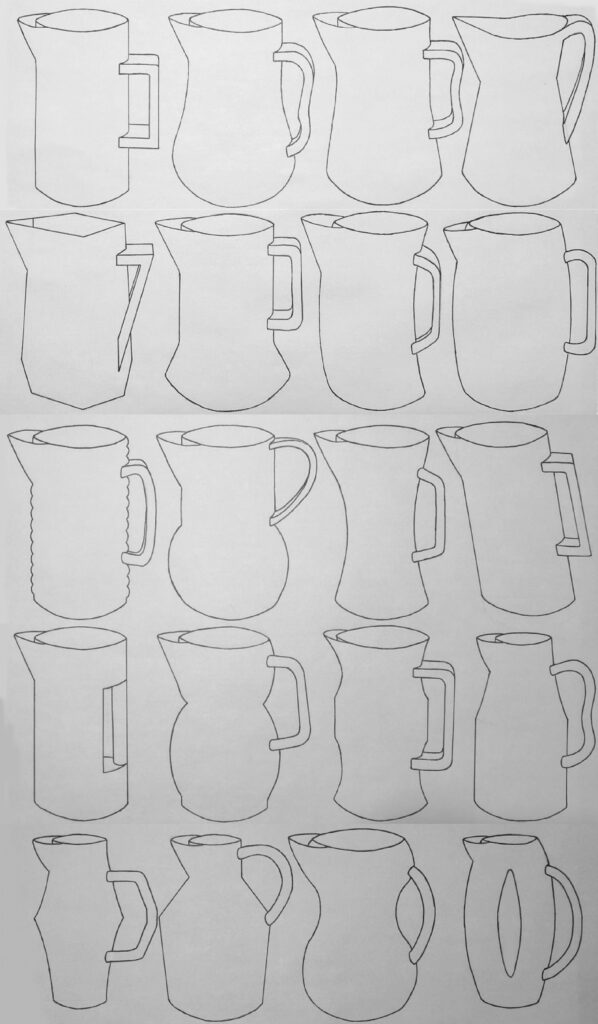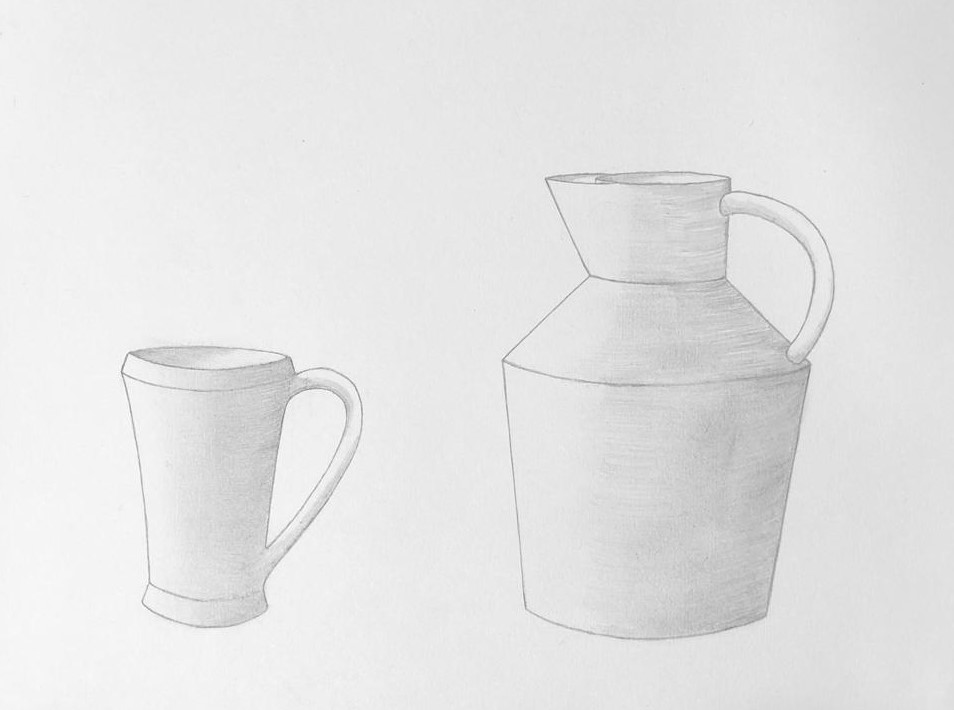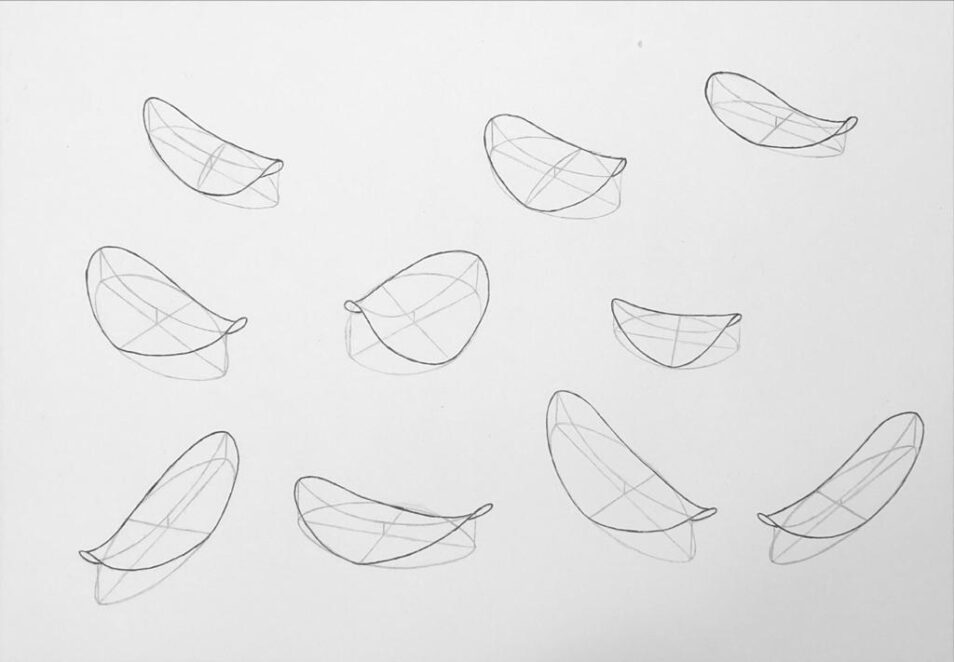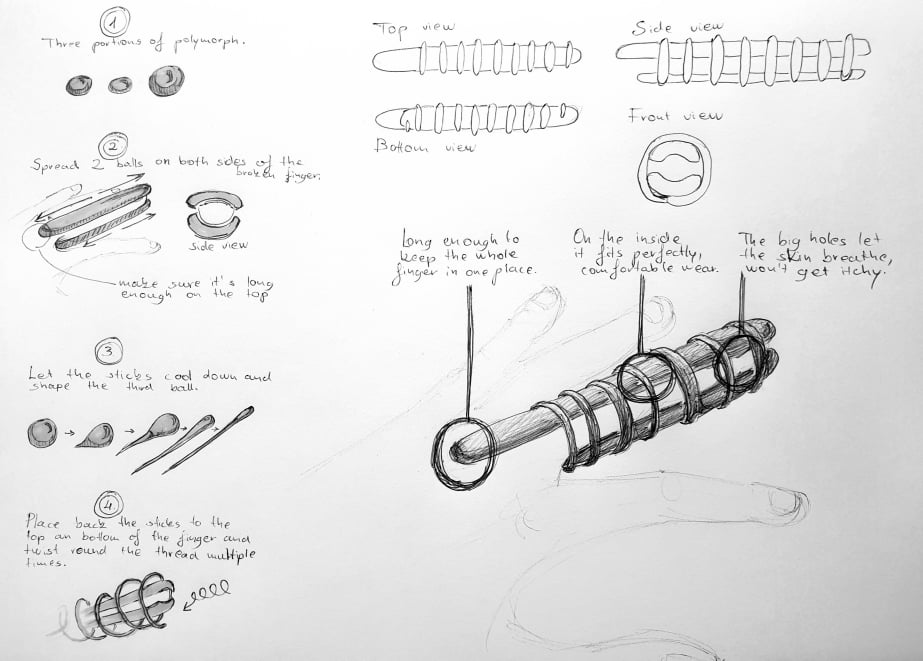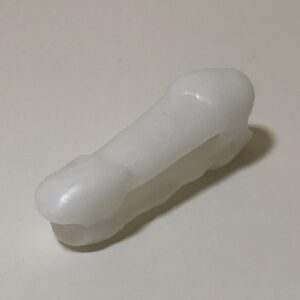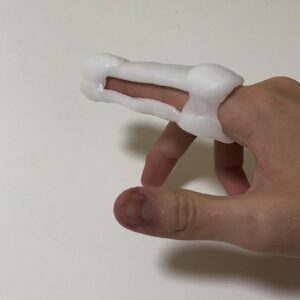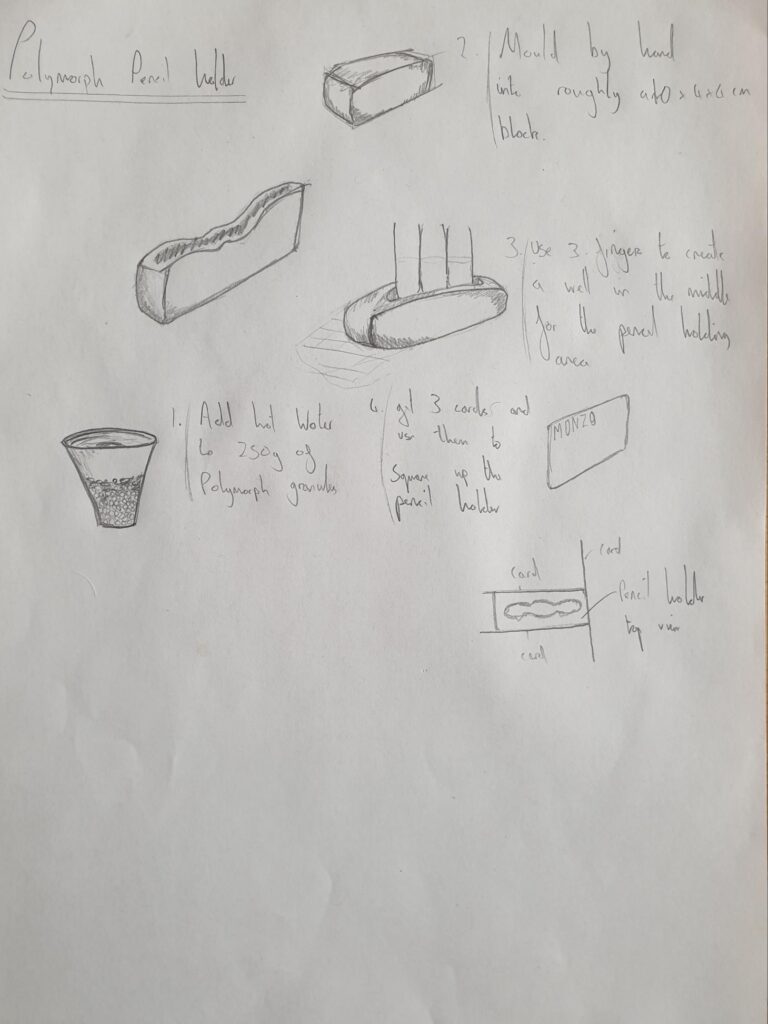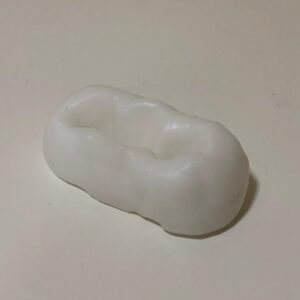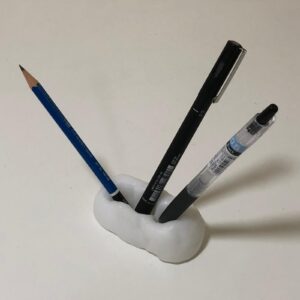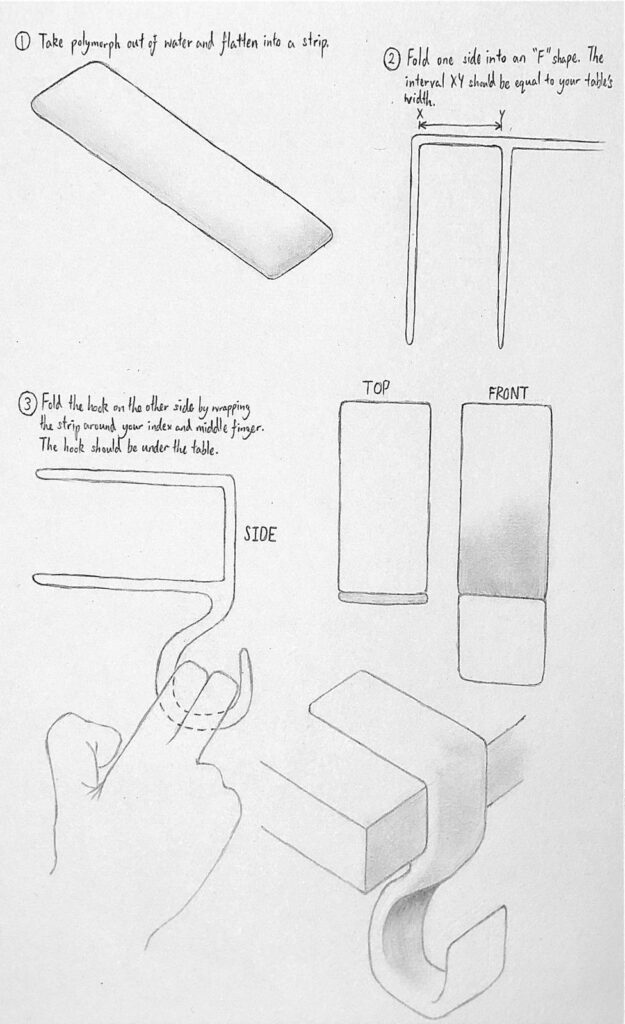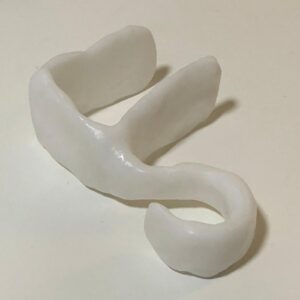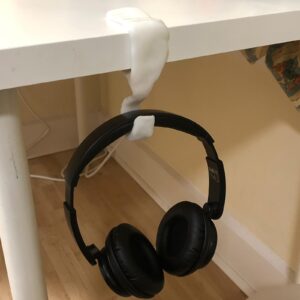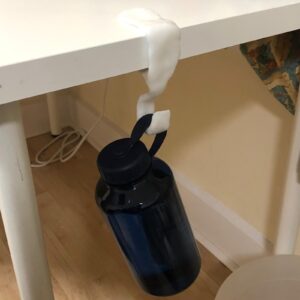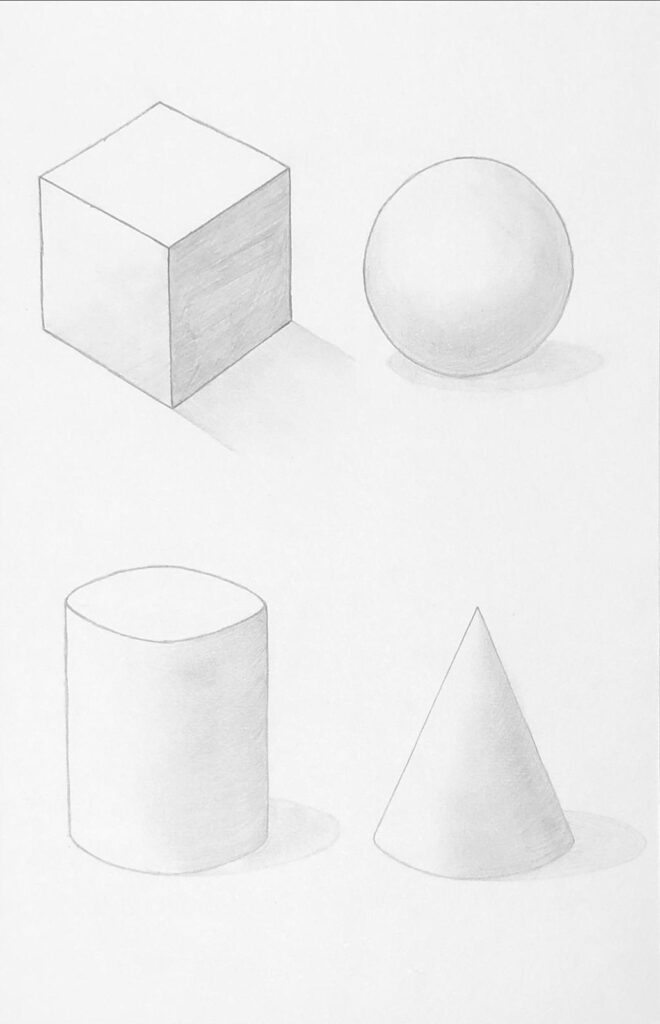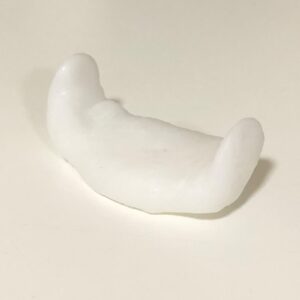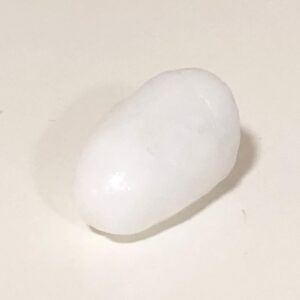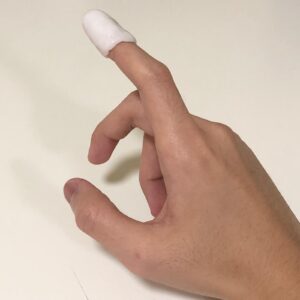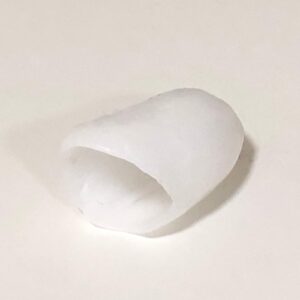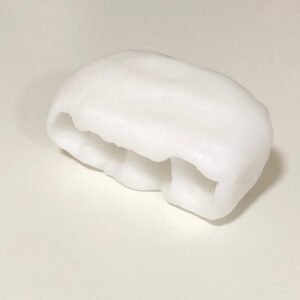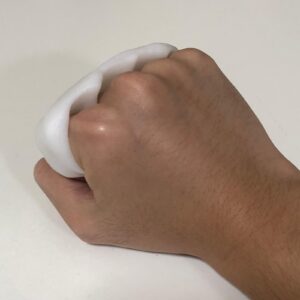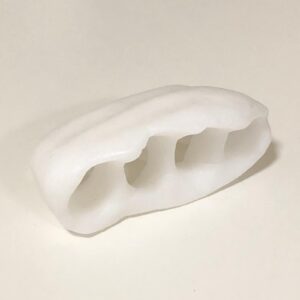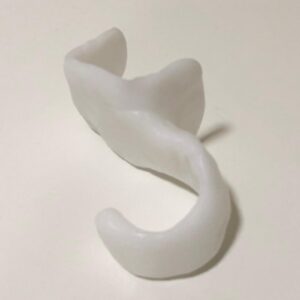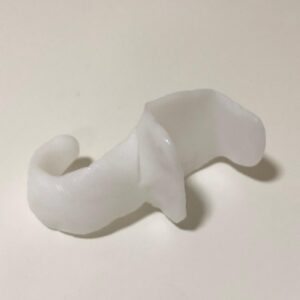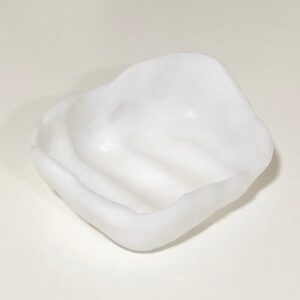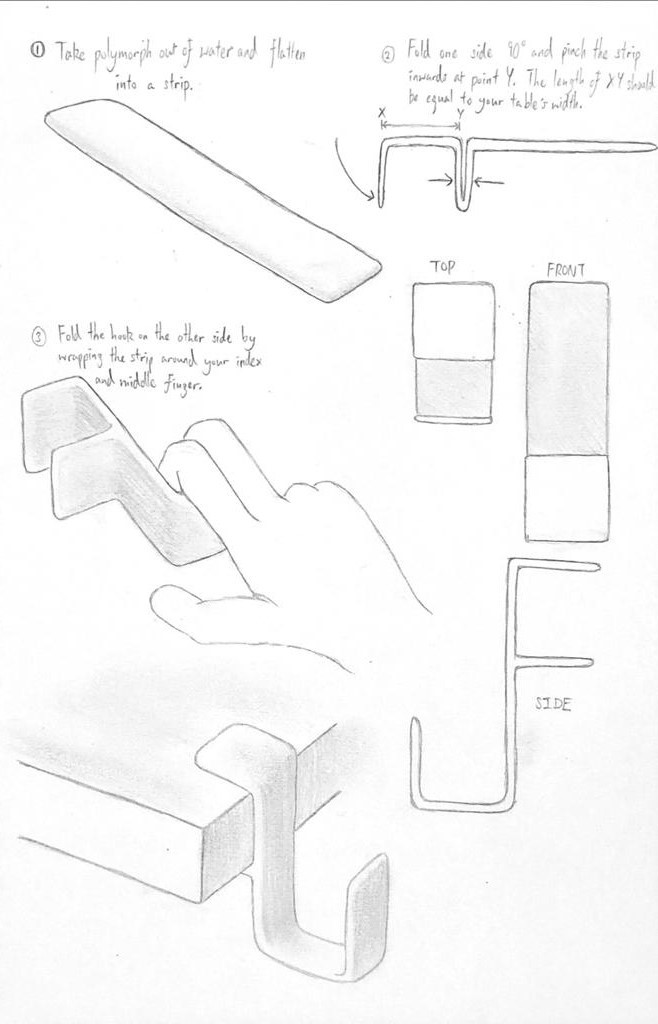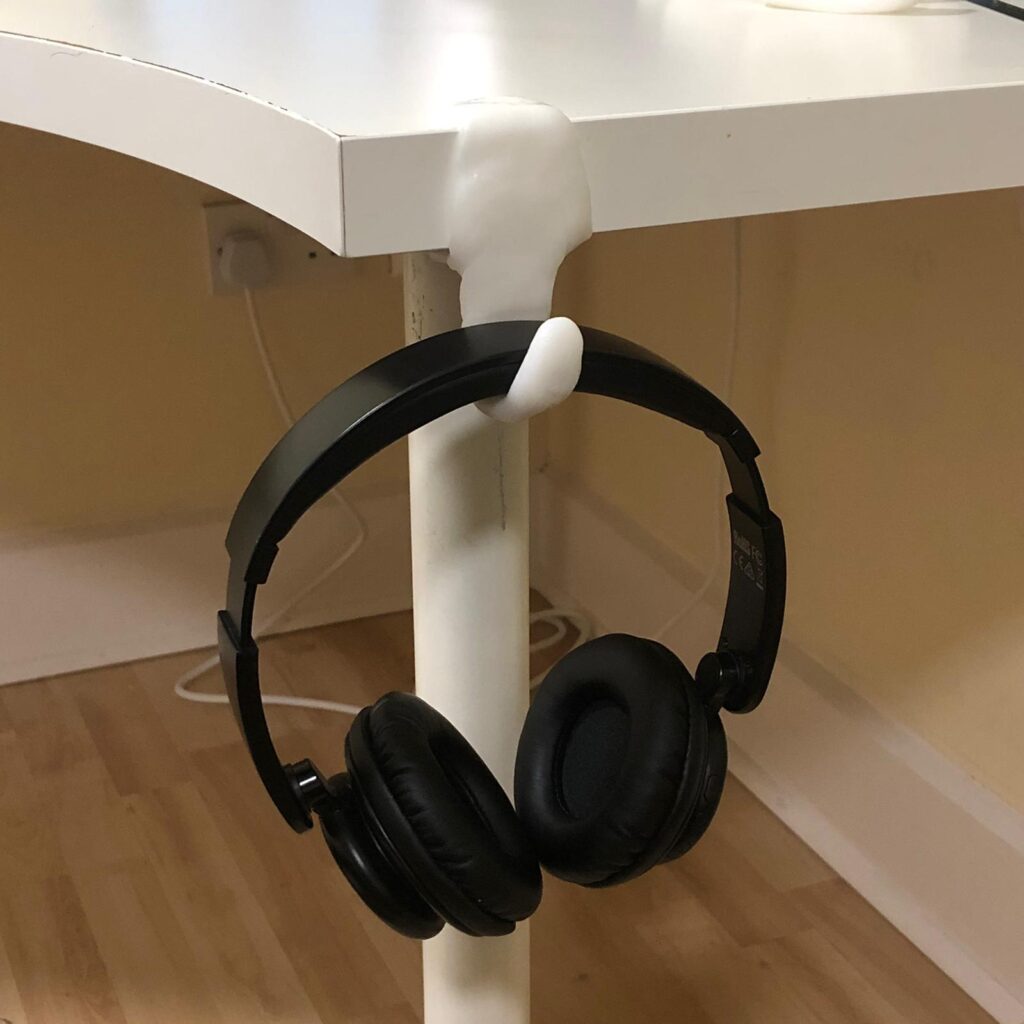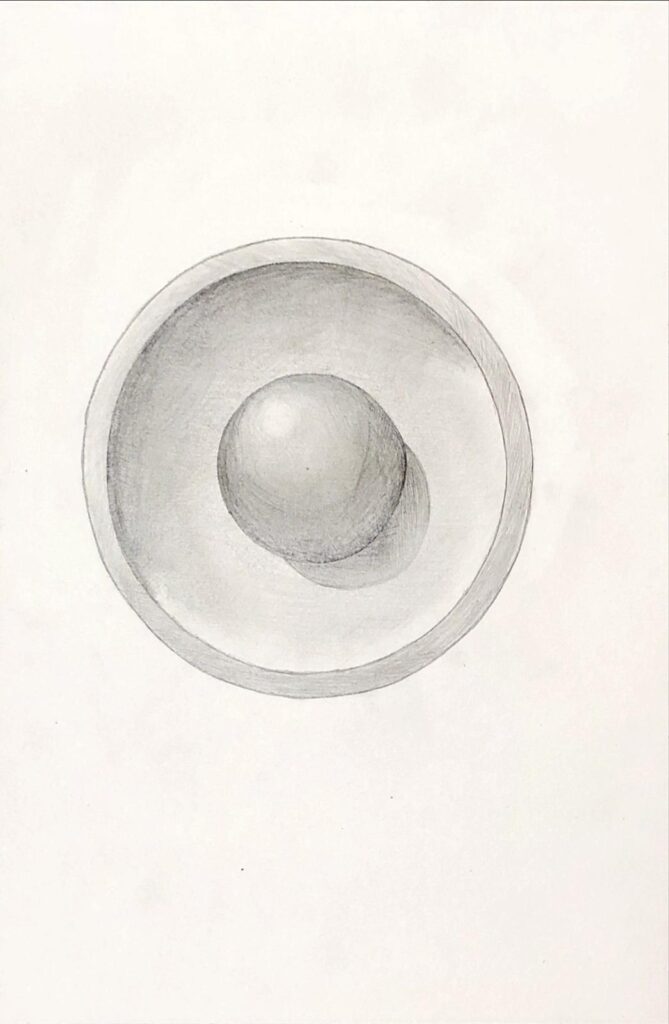
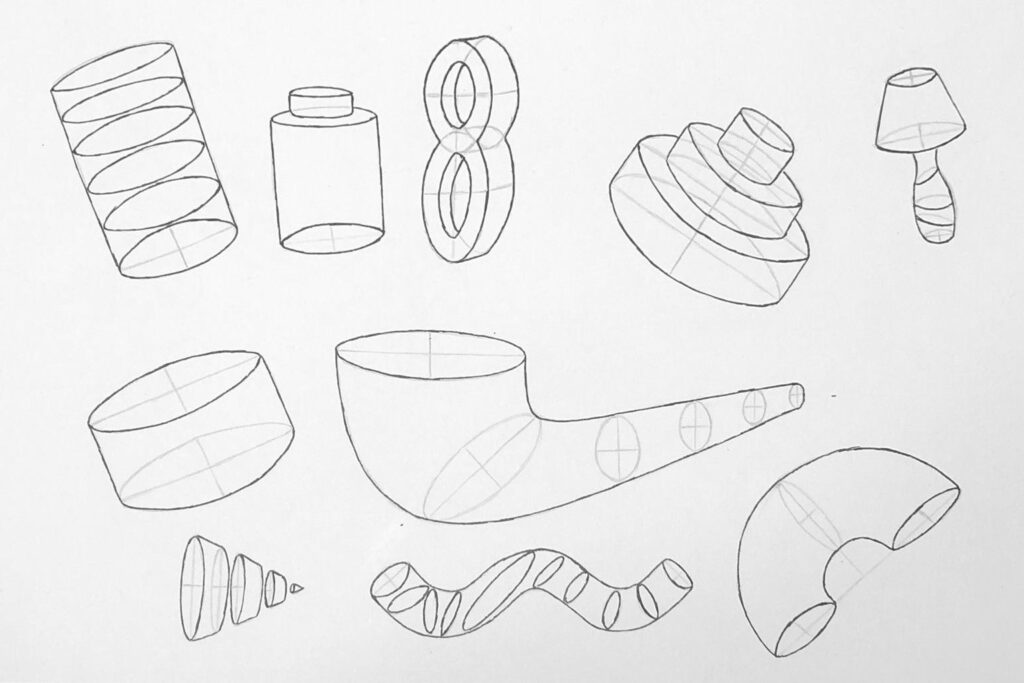
Our first drawing task this week was to fill up 4 pages with circles and ellipses. As I was still a bit unfamiliar with drawing circles and ellipses completely freehand, I had to use reference lines and axis to aid me in my sketches. After some practice on the first page, I began to draw different items and prisms that included circles and ellipses. Through this, I began to get used to translating ellipses to 3D.
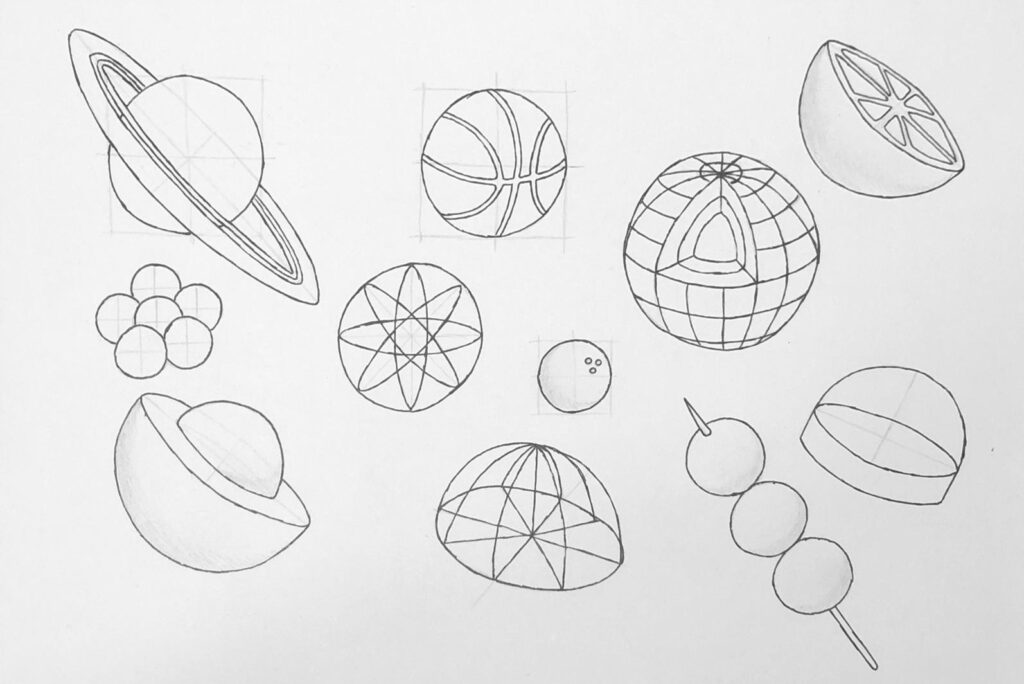
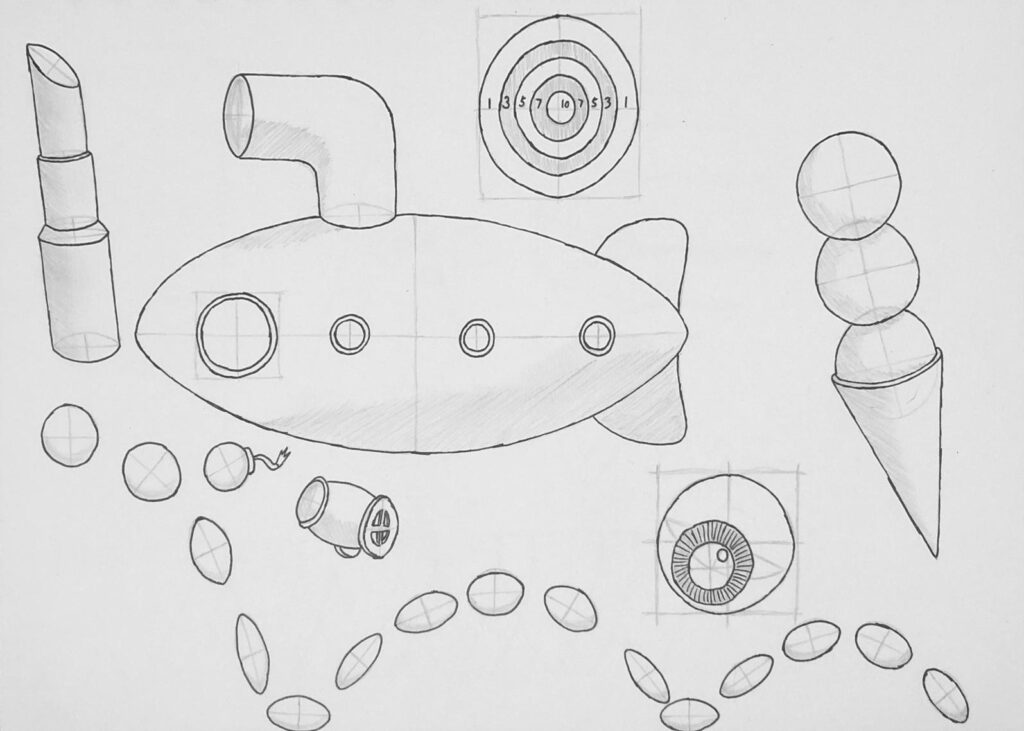
On the 3rd and 4th pages, I began to add more shading to each circle and ellipse, creating even more of a 3D dynamic to the sketches, creating more spheres instead of just circles. I also tried exploring more complex shapes and items that may combine different sizes of circles and ellipses in the same drawing, such as a planet, an eyeball and lipstick. Overall, I felt like this task helped me further improve my understanding of how to translate circles and ellipses from 2D to 3D.
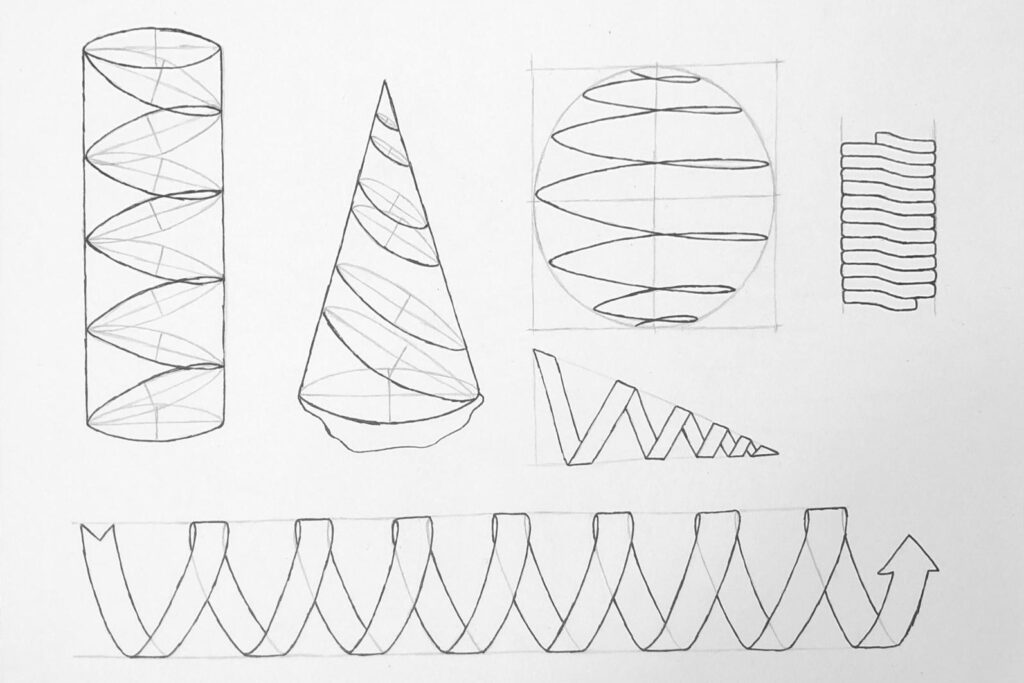

Our second task this week was to sketch 2 pages of spirals and 2 pages of irregular surfaces. The spirals seemed intimidating at first, but I got the hang of it pretty quick afterwards. I realized that spirals are essentially created by stacking ellipses together, then tracing only one side from each ellipse. This helped me utilize the skills from the first task and apply them to this task, creating different spirals that create different shapes like arches and hemispheres.
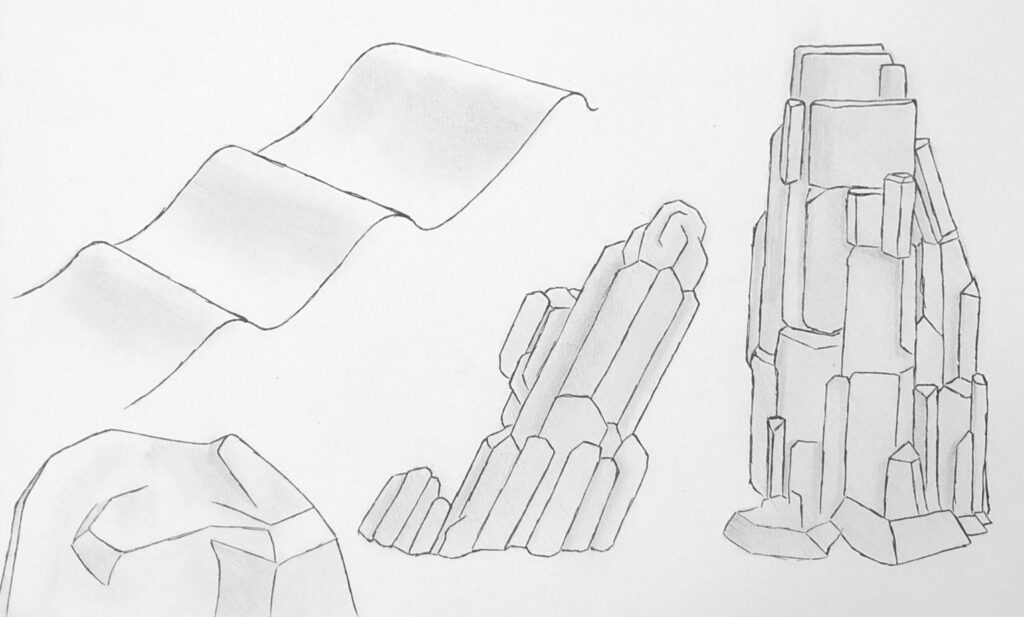
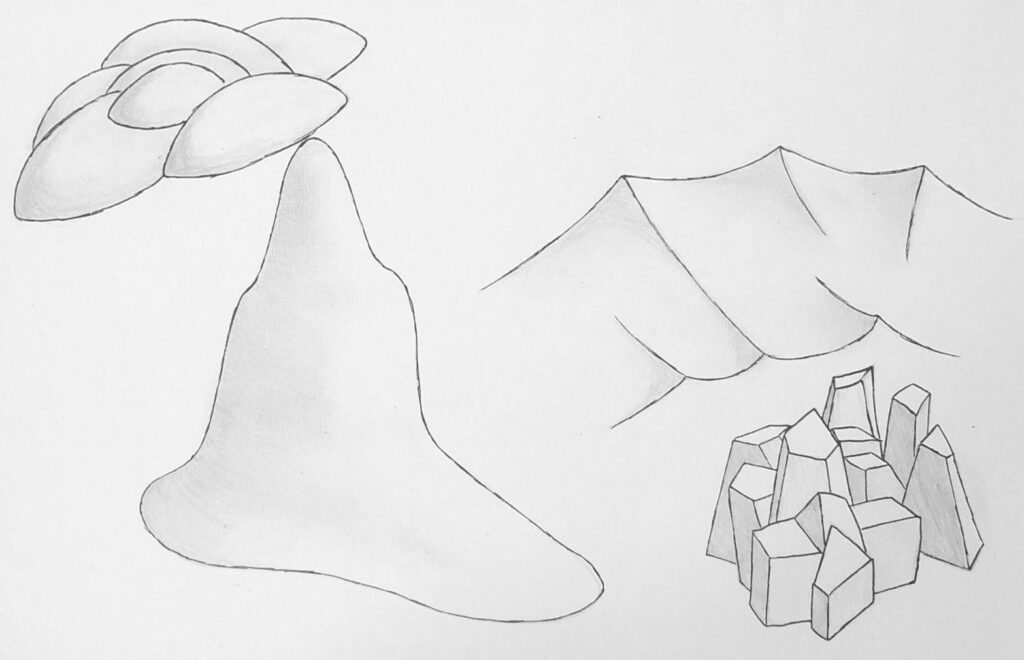
The next 2 pages are by far my most unfamiliar, as I was not used to drawing anything irregular intentionally. I tried to look into nature for inspiration, recreating different types of landscapes, such as rock pillars, cliffs, waves, sand dunes, and crystals. I feel like I definitely could use more practice with drawing irregular surfaces, as I feel like my drawings do not look natural enough and look somewhat “off” even for something that is supposedly irregular.
